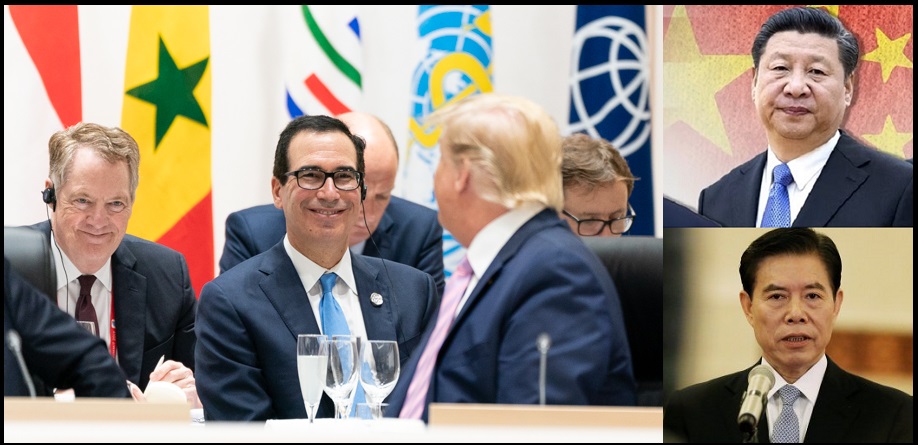


MAGAnomics Simplified: Everyone who is a pragmatic critical thinker knows that China will (a) subsidize their targeted industries; then (b) devalue their currency to lower the impact of exports to the USA. Beijing controls the banks, and they did this before. As a result, the dollar value increases and imports cost less.
The Chinese imports then enter the USA at a lower price consistent with their cost estimate as a tariff offset. China takes in a lower price but retains access. That’s just how it works. The importers pay the tariff with a lowered price and a higher valued dollar. Essentially statis for the time being. Then…..
EU industrial products to Chinese manufacturing plants start to contract, due to China’s aggressive cost cutting initiatives.
The EU gets angry about the impact to their economy. The EU then follows the same path and devalues their central bank currency; further pressuring the dollar to an upward price. Exports to the EU are now more expensive; however, imports from the EU to the USA are now cheaper. Again, the EU goal is statis.
Both scenarios create cheaper USA imports despite the tariffs. However, on the EU side Trump then ends the Marshal plan and executes “tariff reciprocity” against the EU. More frustration and gritted teeth by Brussels.
[NOTE: Avoiding this squeeze also explains why U.K PM Starmer was all snuggly to Trump at Trump Tower a few weeks ago – he’s hedging.]
Exports from the USA ultimately cost more because the dollar is stronger against EU and Asia currencies. However, a stronger dollar is an offset to BRICS leverage and allows Trump to play economic chess.
Trump uses part of the tariff income to underwrite agriculture exports, but… here we have fun… if agriculture exports are impacted, domestic foodstuffs drop in price.
Into this dynamic Trump turns to Mexico. We have a strong dollar, all those Western Union transfers to Mexico are more valuable. Leverage is created for multiple ancillary policy benefits. The economic situation then overlays the secure border dynamic and if Mexico wants to retain trade access within the USMCA agreement, the part that no one discussed comes into play.
Unbeknownst to all those except those who watched Robert Lighthizer do it, the USA has first right of refusal to any trade agreement made by Mexico or Canada. That’s correct, Trump now controls a veto on trade agreements within USMCA partnered countries. Suddenly Xi Jinping is vulnerable in Mexico if Trump nixes the EV production. Beijing is financially exposed and vulnerable. Big Panda not happy.
How do we know this will happen? Good question.
Answer: #1) This is what Trump did in 2017. #2) Because he said this is what he is going to do.
Trump will divide the globe into three trade areas. Asia, Europe and the Middle East. Each area will have a trade advisor with specific instructions on that region.
The U.S. Trade Representative (USTR) will likely have primary focus on Asia, i.e. China. There’s no reason why Robert Lighthizer wouldn’t be called back into action.
The U.S. Commerce Secretary will likely have primary focus on Europe. Wilbur Ross is likely too old, retired; however, there are many other options for Trump to pick from.
The Mid-East trade advisor will come from the energy sector. Could be a former or current governor of an energy producing state.
Trump will lead 4 people in this initiative (the 4th is the Chair of the Council of Economic Advisors), while holding all the approvals of negotiation and policy very tight. Economic and trade policy will be used to create peace and global stability.
Warmest best,
~ Sundance

